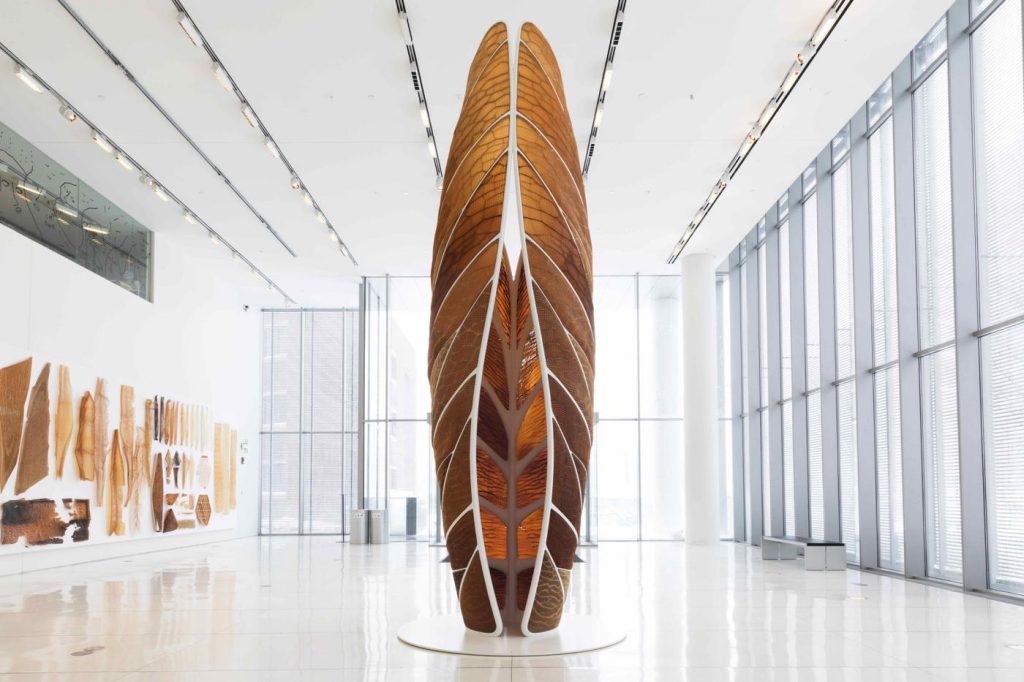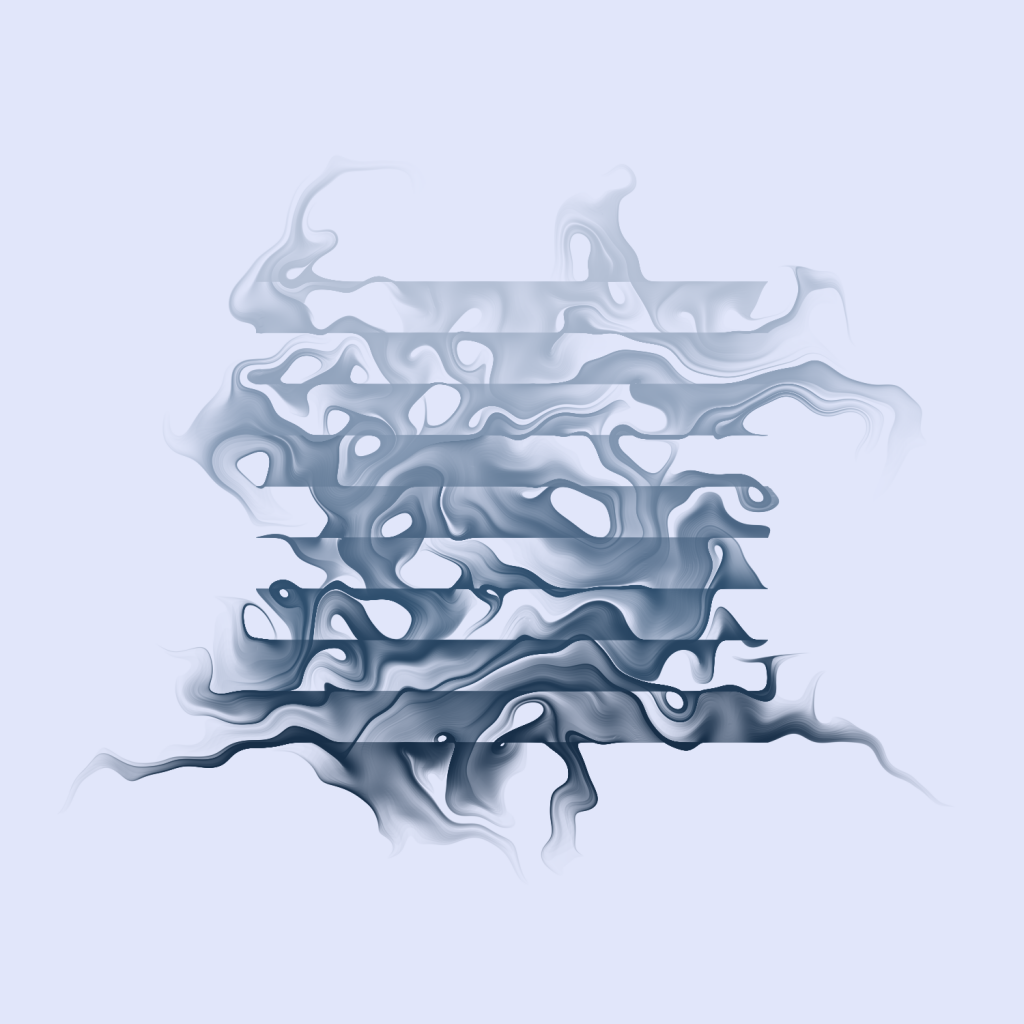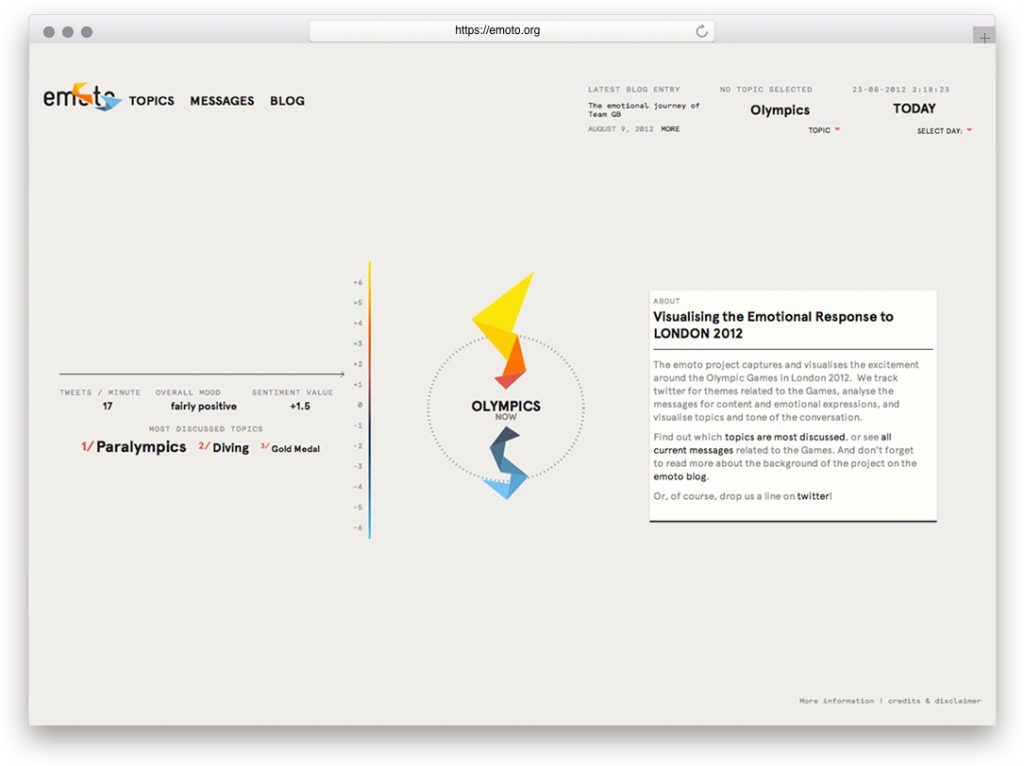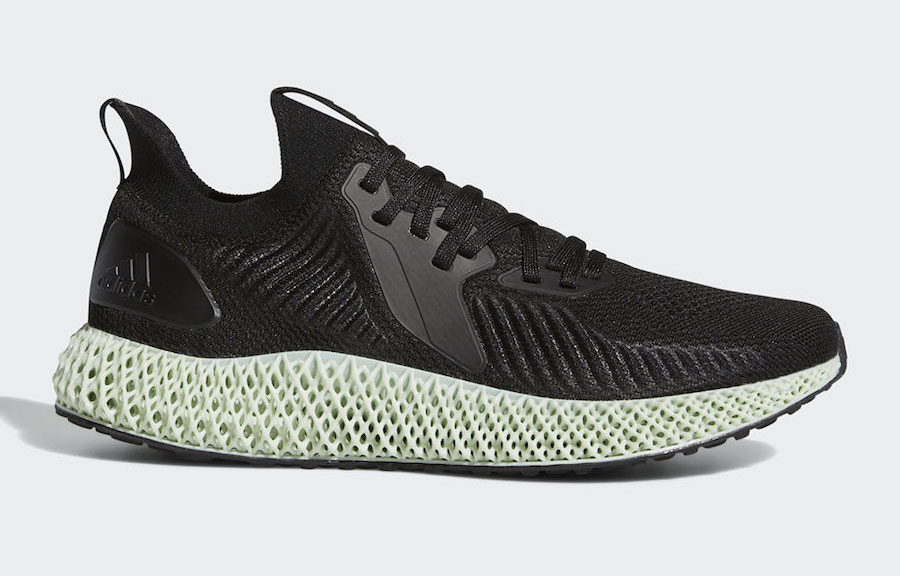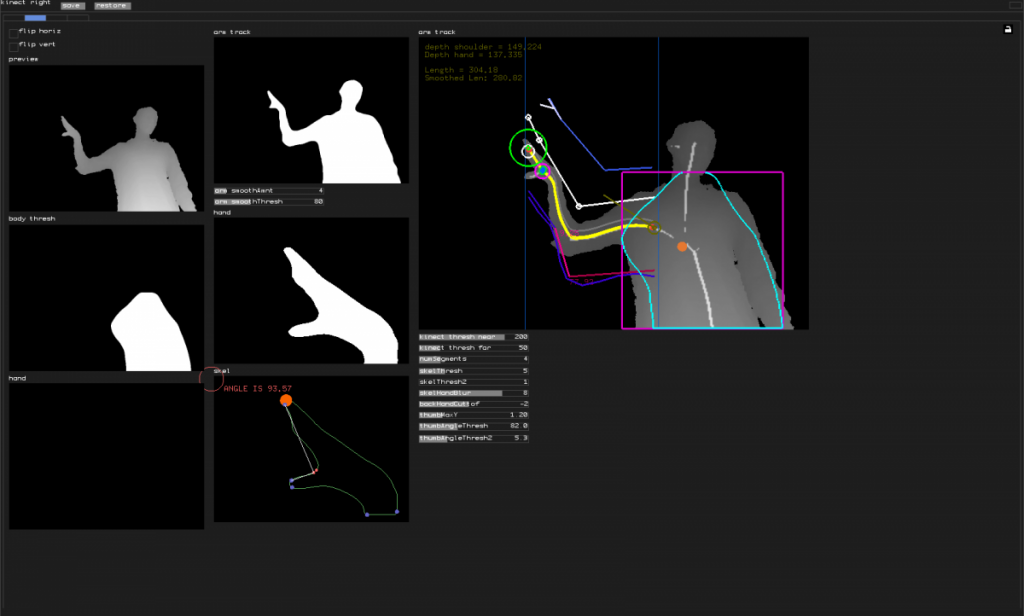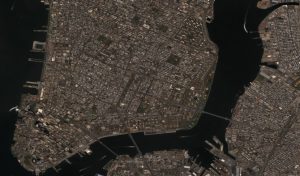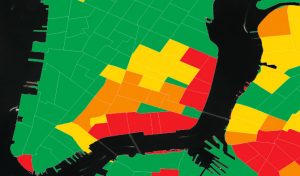Since I don’t know many people in our class, I decided to go through one specific Looking Outwards week, rather than through a specific person’s assignments. I chose LO-02, because I personally loving generative art and really enjoyed researching that topic that week.
I chose to write about Ellan Suder’s post about Alfred Hoehn’s Drawing Machine mostly because I have never seen a project like this and find it really intriguing.
Project: Drawing Machine Ptolemaios.
Year: 2008.
Building off of Ellan’s thoughts, I also am very intrigued by this project. I appreciate the simplicity, yet complexity of the machine. It is somehow shocking how just changing a bit of the diameter/length of the spinning circles can create completely different works of art. This reminds me of the Spirograph project we did.
Something that I would add to the conversation is that why make a machine that does this, when we know we can program computers to do them better? I personally like pen-and-paper, but it gets me to wonder the wast of energy and paper of creating such beautiful artworks.
Finally, I agree with Ellan, that it is very mesmerizing and calming to watch the drawing happen.
![[OLD FALL 2019] 15-104 • Introduction to Computing for Creative Practice](../../../../wp-content/uploads/2020/08/stop-banner.png)
